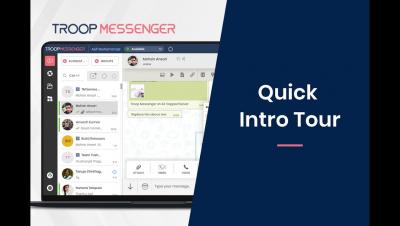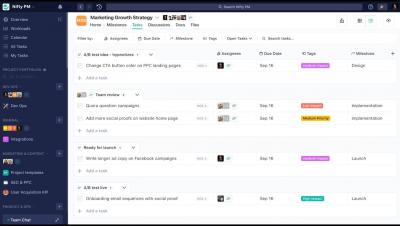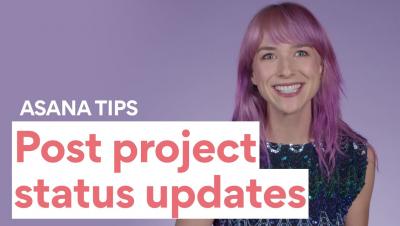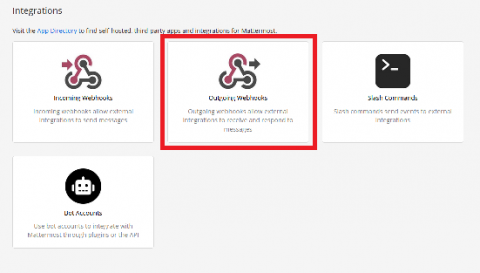Teams | Collaboration | Customer Service | Project Management
%term
Nifty Tutorial: Using Task List View to Customize, Group, Filter, Sort, and perform Bulk Actions.
12 Steps to Creating a Successful Project Scope
This year’s State of Project Management Survey reveals that only 23% of organizations complete projects on time, with just 43% staying within budget. But how to turn things around and improve the way we execute projects? While no two projects are ever the same, many common threads can still be found in successful projects. According to a 2018 report from the Project Management Institute, controlling the project’s scope is a universal top driver of success.
Fireside Chat: Scaling An Agile Organization
How to use Jira Software & Confluence Cloud together
What's new in Asana | September 2020
How to Asana: Post status updates
10 signs of deadline-driven development
It’s fashionable in the tech world to say that you’re cool with failing. But failure leaves a bad taste in your mouth. The only way to get it out is to prove you’ve learned from your mistake. In that spirit, I recently kicked off a discussion amongst the engineering teams at Atlassian about setting deadlines for the sake of deadlines and, worse, prioritizing that deadline above customer value or the overall health of your product (and team, for that matter).
How to increase remote team alignment with Goals
Chances are, your company and team priorities have changed since the beginning of this year. And you’re not alone—45% of global companies say their goals have changed at least once since moving to remote work. Without a clear communication strategy, it can be difficult to know how these new priorities impact individual work. Communicating team goals and aligning as a team is already hard to do when you’re working together in the same office.
Mattermost integrations: Sending and receiving data with outgoing webhooks
In a previous article, you learned how to receive data from an external source. In this article, you learn how to send a request or data to an external source using outgoing webhooks. As you learned from the first article in this series, we already receive alerts in Mattermost when the temperature of our fridge is too high. But what if we want to send a request to our fridges to give us the current temperature?











